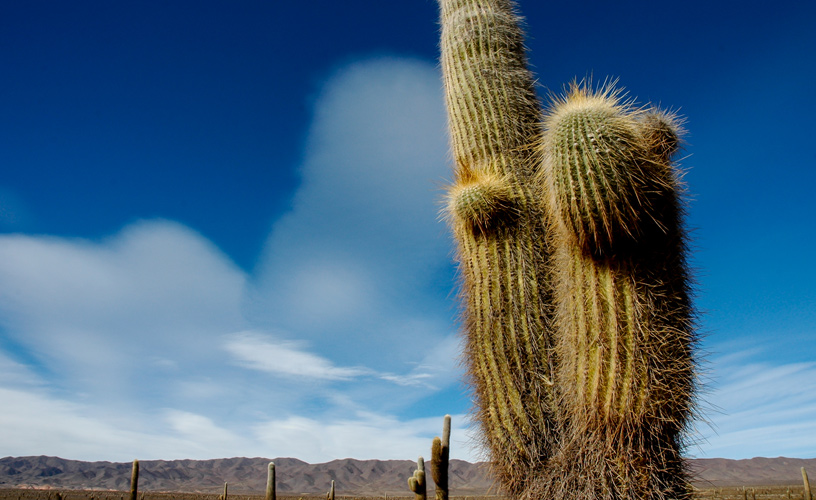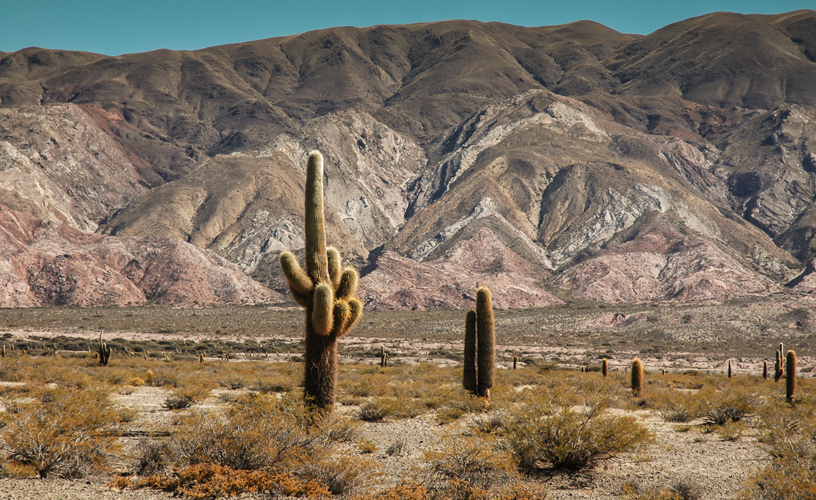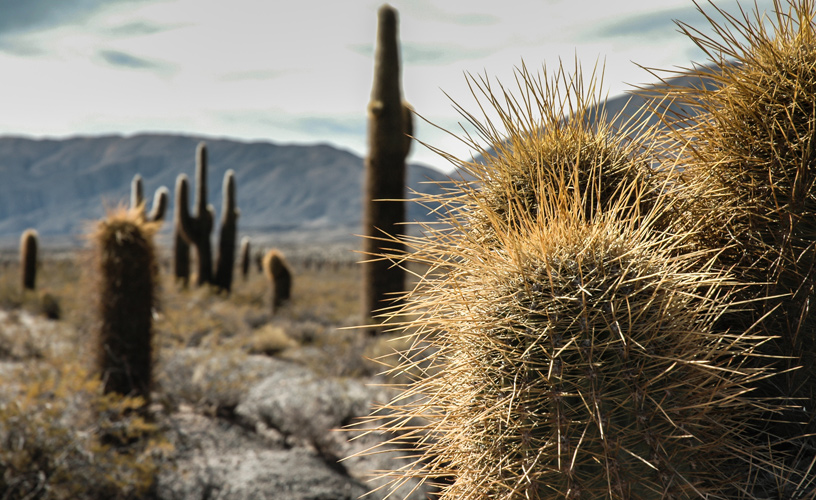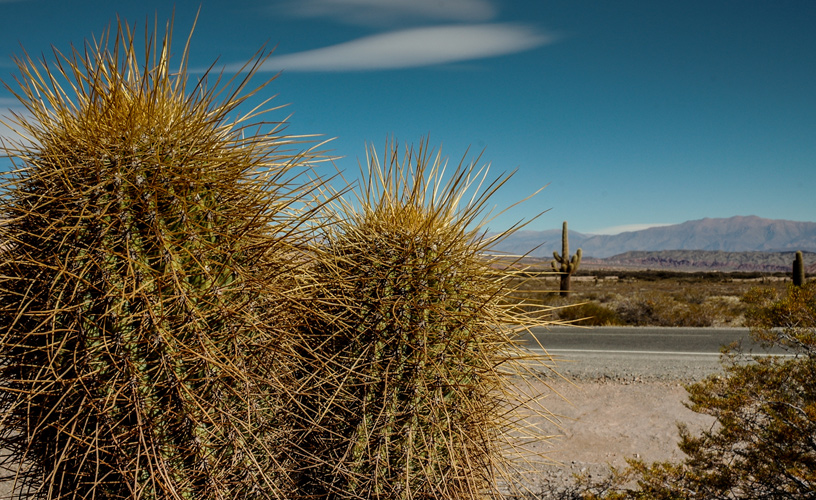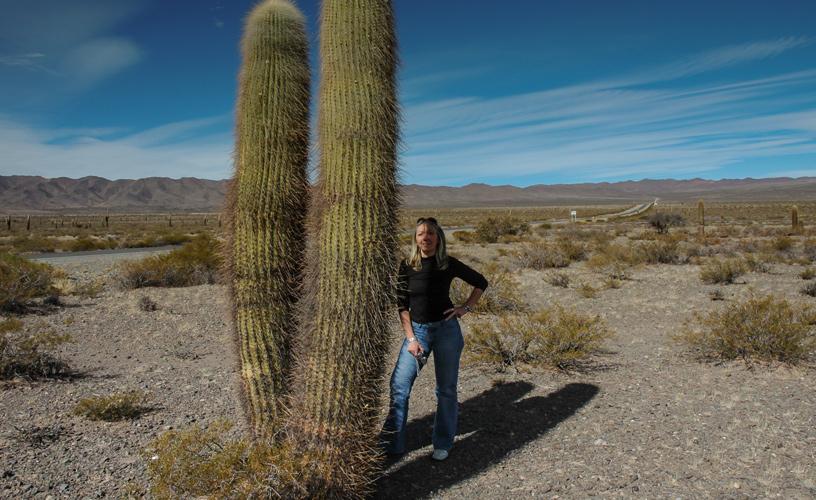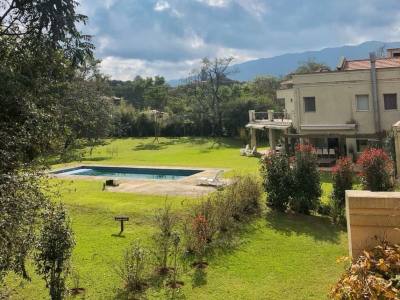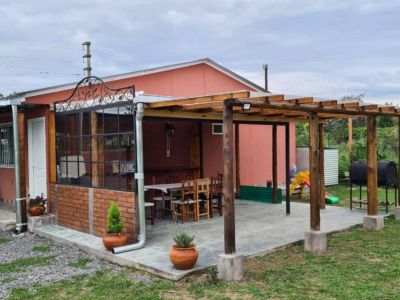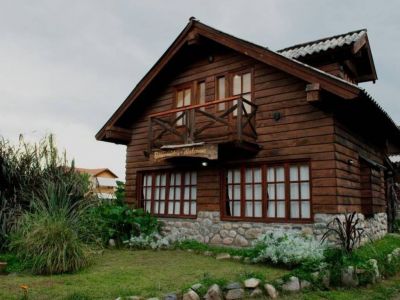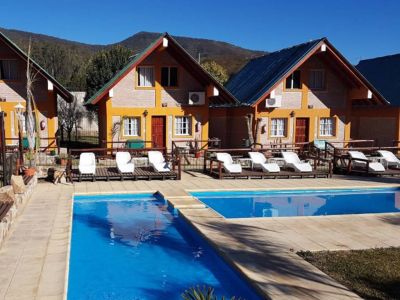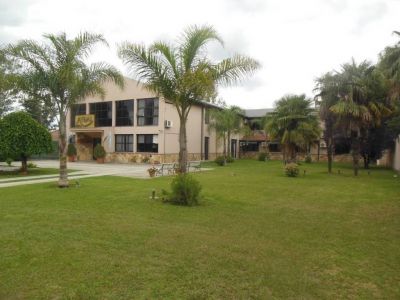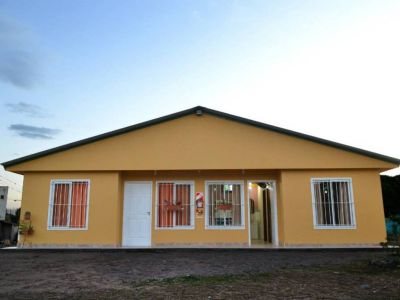Ladies and gentlemen: the cacti.
In the Argentinian North
Between 5,200 and 4,500 meters above sea level, the soil is rocky but loose and not mature enough. This is a cold region with very contrasting temperature extremes, scarce rainfall and with plentiful snowfall and hail during the entire year. Here, the predominant vegetation is the gramineous steppe.
Between 4,500 and 3,500 meters, the weather is cold and dry with marked temperature extremes. The rocky and sandy soils are poor in organic matter and rich in salts and sulfur. There are small-sized bushes and many clearings. Herbs include plants with thorny branches and some yellowish flowers.
Between 3,500 and 2,000 meters, it is possible to observe a great deal of column cactacea and bromeliaceae, to mention some species. Rocky and sandy soils which do not present humus are predominant in this bioma. Rainfalls are scarce, except in the summer. The cacti have found their place in the world here. They can reach heights of five to seven meters, although colonies surpassing ten meters of height have been found. These cacti have outstanding characteristics. Some specimens are over 300 years old.
Their stems are covered with orange yellowish spines, which can reach a length of twenty centimeter, used by the locals to knit with llama wool. These huge cacti reach their reproduction stage only after forty or fifty years, when they first generate their typical white flowers, which produce the seeds that will give origin to new cacti. Their wood may have multiple uses, but only the wood from dead and/or dry cacti is used. Cutting them down is forbidden by the law.
Below 2,000 meters, vegetation is plentiful, with small-sized thorny plants. The presence of cacti begins to be noticed as we gain height. The creeping cactus is predominant in this area, carpeted in an eye-catching opaque green.
Desert Loners
Several legends and popular beliefs have been told about the origin of the large cacti colonies spread across Northern Argentina. Moreover, it has been said that the cacti are in a sad mood, simply because they are static, still.
Legends include tales from Incan times, interrupted by the Spanish conquest, and the most unbelievable popular beliefs.
Nevertheless, sitting by one of these ancient Northern watchtowers is enough so as to experience a world of new sensations.
According to experts, there are three kinds of cacti: the prickly pears, the single-stemmed cardon cacti and the multi-stemmed cardon cacti. All of them are confident enough to compete for the visitors' looks.
The Prickly Pears
Also known as creeping cacti, as they seem to creep across the generally rocky ground. They are thorny edible plants. Liqueur, beverages and jams may be made from their fruit. Ever since Incan times to our days, this has been the most important species of cactus as regards food. The Northern dwellers would also use them to heal wounds, to soothe skin irritations or swellings. They have several healing properties which are opening a new panorama of possibilities to organize a massive cultivation of this plant for the sake of new medicine products.
Single-stemmed Cardon Cacti
Their body or main stem does not have any branches. They generally show an evident trend to reduce surfaces subject to perspiration in order to reduce water loss to the maximum possible extent, as water is scarce in their habitat.
Multi-stemmed Cacti
These are the typical cacti shown in movies and cartoons. These cacti adopt tree shapes and develop branches from the main stem or from the base of the main stem. They may grow straight upwards, slanted or horizontally.
These plants appeared on earth 600,000 years ago. Therefore, they make up quite a recent vegetable group, as compared with others which date back to 115 million years ago. Cacti shapes vary from globular, cylindrical to segmented and their stems sometimes can resemble leaves. Size also varies according to the species or genus. In some cases, some of them are very large whereas others are just a few centimeters high.
Pablo Etchevers
Jorge González
